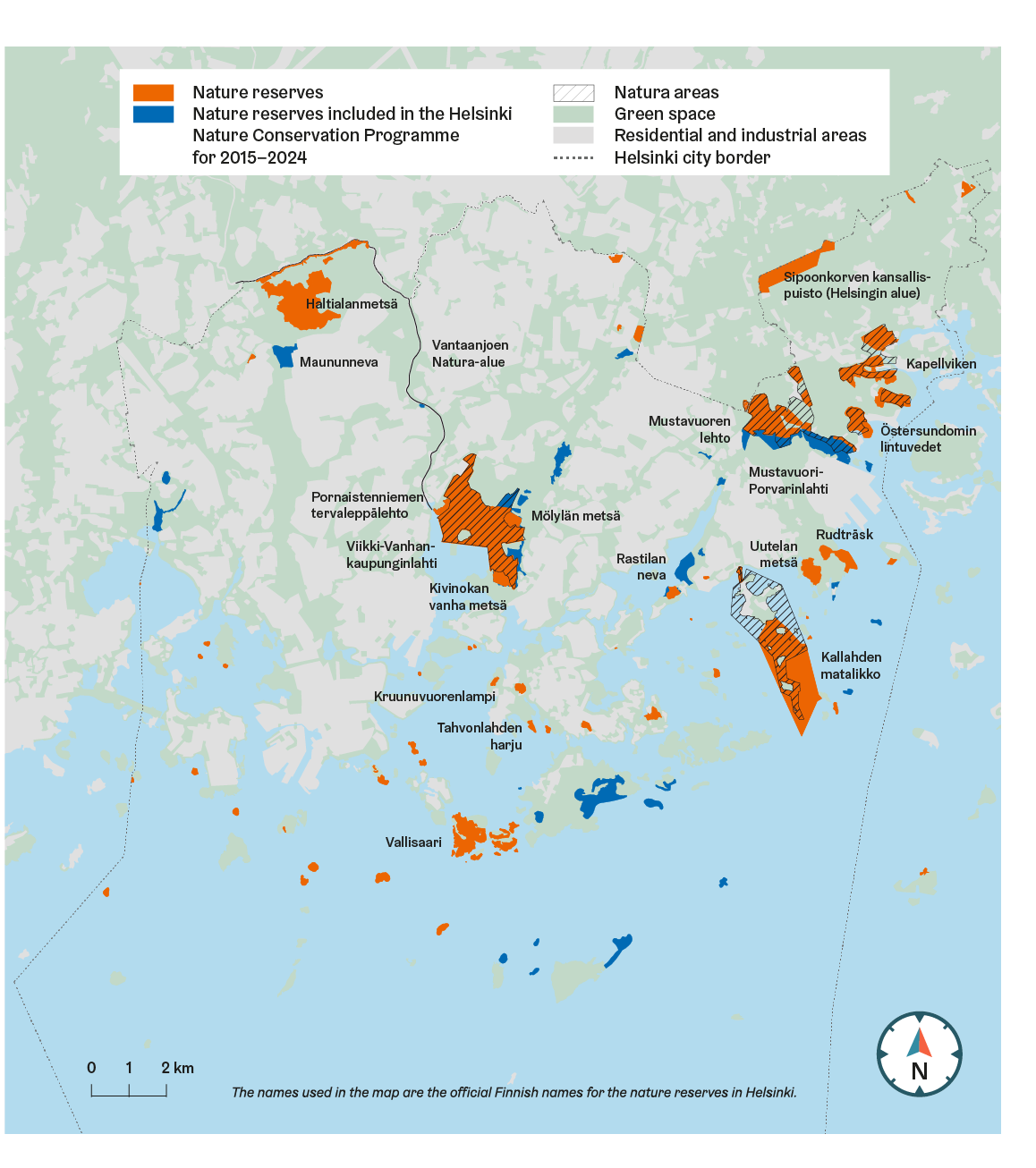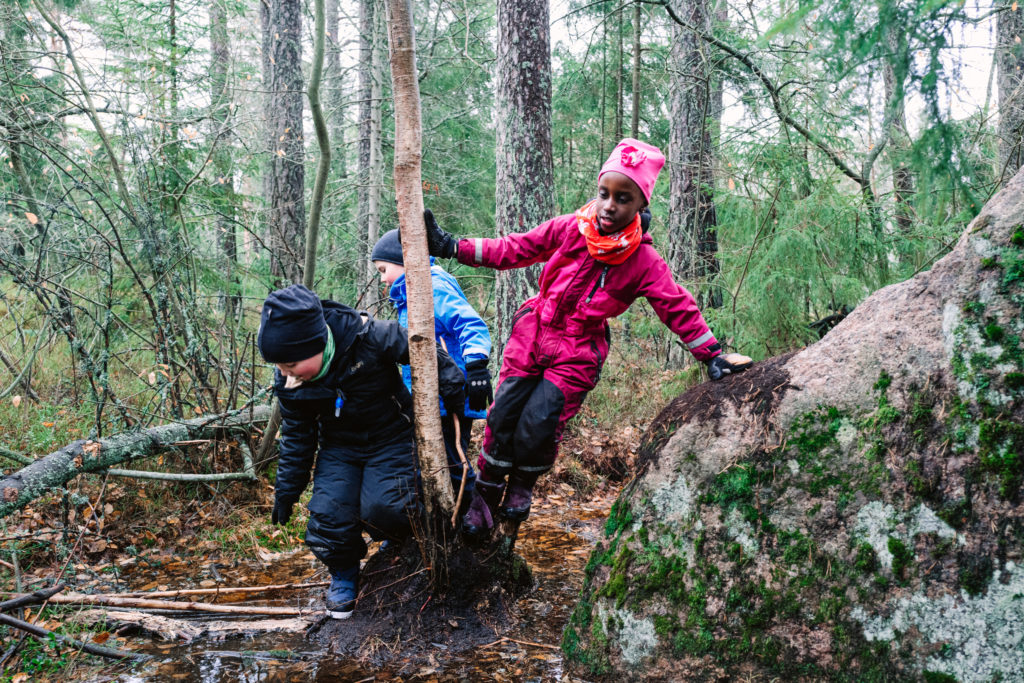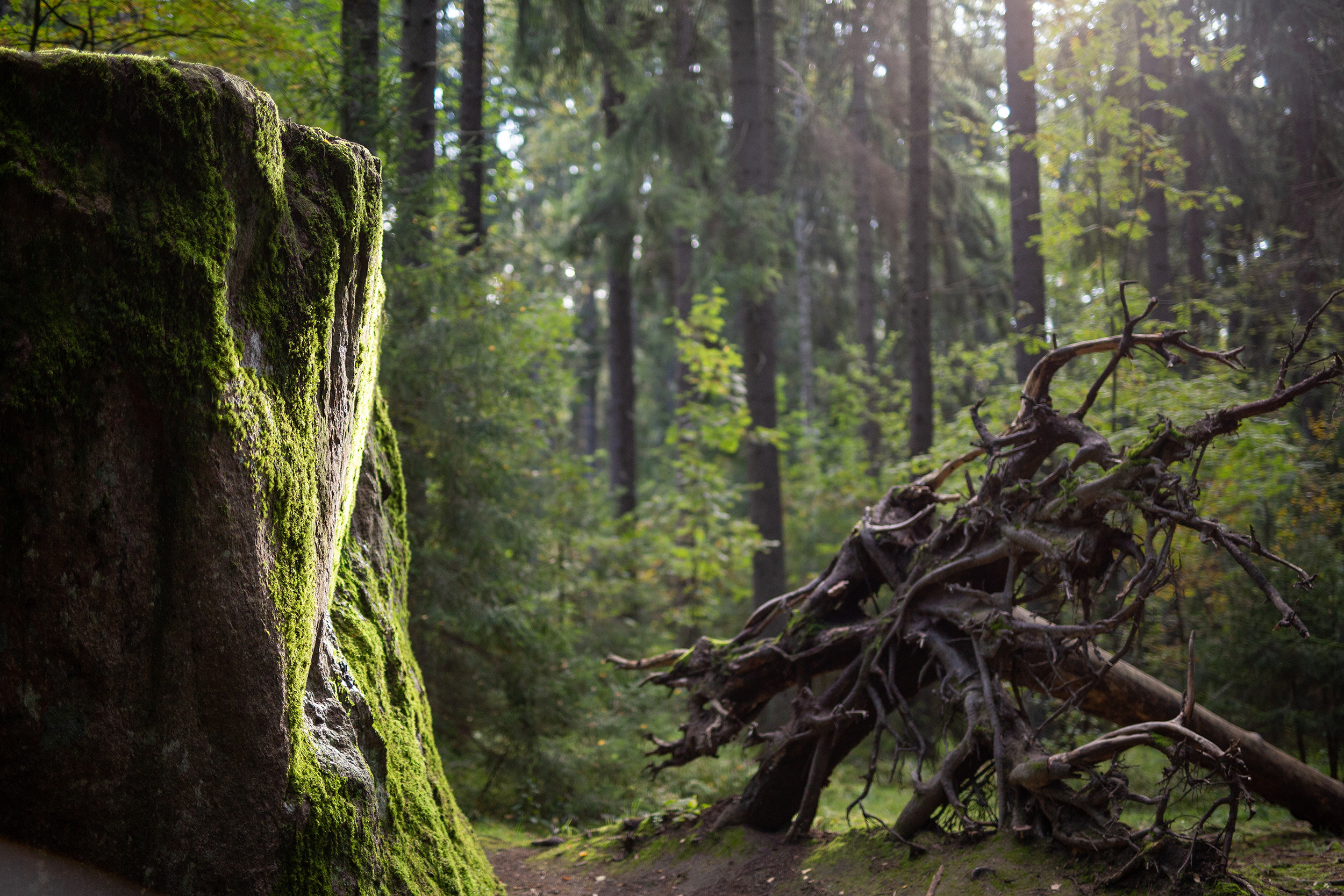Helsinki is a green city by the sea. Green areas cover more than a third of the city’s land area, and two-thirds of the entire city area is sea. Helsinki’s nature is essentially versatile: forests, meadows, wetlands, beaches, islands, creeks and parks. The network of green and recreational areas is web-like but discontinuous due to wide traffic routes. There are still many quite natural habitats in the forests and on the shores of Helsinki. Furthermore, human influence has promoted species diversity in parks, yards and gardens.
However, the city is changing and growing rapidly. In particular, construction and climate change pose the biggest challenges for biodiversity. The City Strategy 2021–2025 states that no zoning will be planned in Helsinki’s most treasured nature areas and the aim is to establish five new protected areas each year. At the end of 2022, nature reserves accounted for 4.0% of the land area and 1.0% of the water area.
In 2021, the long-prepared City of Helsinki Biodiversity Action Plan 2021–2028 was adopted with the aim of ensuring that biodiversity is taken into account in all of the City’s operations. By the end of 2022, two-thirds of the plan’s 95 measures were in progress.
At the moment, the City does not have a comprehensive picture of the development of biodiversity in Helsinki. At a general level, it is known that the number and spread of flying squirrels has increased and the total number of bird species has increased, for example. To obtain more detailed information, the City drew up a nature monitoring plan in 2022 with a wide range of land, habitat and species monitoring. This systematic monitoring will provide the wide range of information on the state of nature needed to support future decision-making. The monitoring started in 2022, and the appropriation received for 2023 enables the monitoring to be carried out in accordance with the plan.
The City seeks to strengthen its ecological networks. The knowledge base on ecological networks has been expanded, including the meadow network development survey completed in 2021 and the blue network survey about to be completed. The updated species planning guidelines included in the urban flora guide paid attention to insects’ and birds’ requirements on habitats and nutrition. The section on plants in the Helsinki Design Manual was also updated to account for diversity. The City’s forestry policies will be updated in line with the City Strategy, which sets the objectives of increasing planned diversity in forests and forested areas and allowing forests to age naturally. The update also prepares for climate change and the effects of the city’s growth on forests’ ability to cope.
Urban planning and the development of the built environment also take greater account of biodiversity and adaptation to climate change through means such as a plot-specific green factor and the development of a regional green factor. In addition to nature conservation, the development of the built environment from the point of view of nature has gained in importance in recent years. In the Urban Environment Division, the reconciliation of the city’s growth with nature values has been identified as a key theme for the strategy period and has been actively discussed with both senior officials and political leaders during the spring of 2023. Concrete measures have also already been taken; for example, a new set of criteria for assessing the nature values of urban forests has been developed in cooperation in the planning of Ramsinranta in Vuosaari, the principles of forestry have been updated in cooperation with stakeholders, and efforts have been made to develop comprehensive metering.
Residents of Helsinki appreciate their local nature
The residents of Helsinki value the city’s nature and long for a connection with it. Forested areas in particular are highly valued, and residents consider nature conservation and the enhancement of biodiversity to be important guiding values. The importance of the local environment, making it greener and diversifying its vegetation are also highlighted in the City’s participatory budgeting projects. The City Strategy states that the City will continue to ensure that every Helsinki resident lives in close proximity to nature.
In some places, nature areas are under heavy use. Due to the large number of visitors, service structures, such as guided trails and cosy rest areas, are needed in nature. The City has begun the preparation of its first nature service policy aimed at safeguarding the diversity of Helsinki’s nature areas and providing residents and visitors with good opportunities to enjoy nature.
Nature conservation areas in Helsinki
Successes:
- The City Strategy is ambitious in terms of safeguarding biodiversity, and the work to reconcile the city’s growth with nature values has begun.
- The appropriation received for the nature conservation and monitoring work enables the monitoring to be carried out in accordance with the plan.
- The strengthening of ecological networks and the expansion of the knowledge base related to these networks.
Areas for development:
- More concrete tools are needed to reconcile the city’s growth with the preservation of nature values.
- Insufficient resources for combating invasive species.
- Biodiversity metrics and indicators require further development.
Programmes:
City of Helsinki Biodiversity Action Plan 2021–2028 PDF


